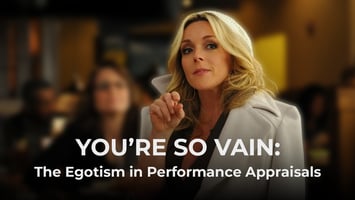At Humareso, we will handle all facets of employee management and business development for your...
Hello
People management as a career carries with it many necessary skill sets. A bit of counseling, a dash of conflict management, a hint of patience and a strong dose of listening skills blend together to ensure that the staff you serve know they are heard and valued. The management of people is not a natural ebb and flow for most; it’s a dance mastered through practice, research and observation. Curious, I don’t see much of it taught on the university level. Management courses on business development, organizational development and finance (and their off-shoots) fill the curriculum for collegiate study.
I recall taking an interpersonal skills course in college, and there were seven of us on day one. By day two one had dropped as the size of the class was already too uncomfortable for him. So, the six of us plowed through various psychology and communicative styles in order to appreciate other approaches and develop our own more deeply. It was thoroughly challenging and incredibly vulnerable.
So much of what was emphasized was basic response-oriented training. When someone walks into a room, acknowledge that person - say hello, ask them to have a seat, ask if you can help them. Body language, verbal cues and facial expression are a functional part of managing people. Further, and more likely for many these days, the tonality and inflection of the voice on the phone, and the sentence construct on a text or email, set the stage for an appropriate conversation with an employee.
As our work in the human resources field continues to move in a metric-oriented discipline, which has great merit, it is vital that we not lose our people management skill set. And if you’ve never had a people management skill set, then it is time to work on it.
When people come to you, there has already been a story playing for them. Pain or anger may have taken root, depending on the situation. Broken relationships cut deep – whether breakups, divorces or death. Our job is to get to the heart of it. We’re not counselors, understood, but if an employee is walking into your office, then bet your bottom dollar that whatever the issue is will distract that person from work. It is now a work consideration.
Basic coping mechanisms may be extended to the person, and sometimes that happens naturally just by having someone on whom to unload. The skill sets of the employee could be clouded, but our act of listening and providing visual cues of such attention might move those clouds. The ability to jump back into the swing of “normal” functioning may be as simple as that. Yet, when the door is consistently closed and the email goes unanswered, an employee dives deeper into his/her issue, making it more difficult to un-cloud.
Everyone has a story. There is no one free from baggage. Everyone wants more time. Everyone has regrets (or would like a do-over on some things). Everyone has lost their way for a bit. Remember this as a people manager. Those we manage do look to us. What do they see? Of course, depending on the situation, there are likely to be more steps after listening, but the first step sets the right tone.
Answer the phone, respond to the email, open your door. Engage with your people. It doesn’t need to be seen as an employee engagement objective. It should be seen as being a person. A person who can support another person. And sometimes we’ll have quite a heavy burden to share in with this employee. We can manage the road together.




Blog comments